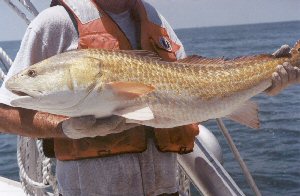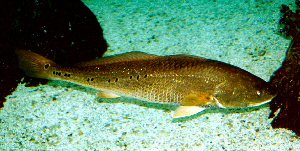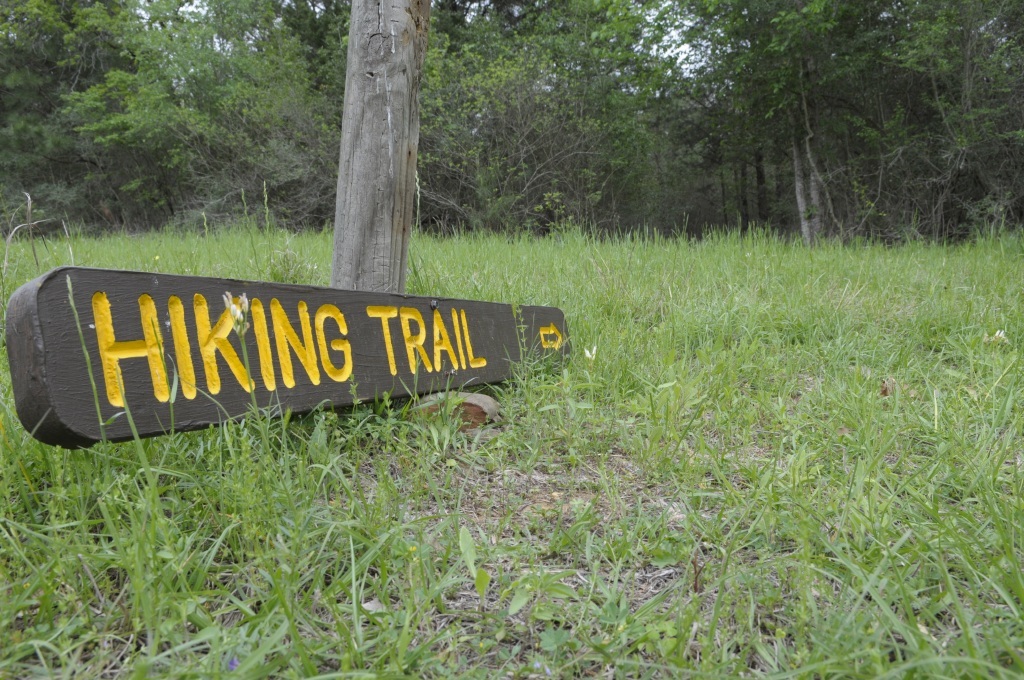50th Anniversary: Redfish Wars, 2
Friday, May 31st, 2013
Red Drum
This is Passport to Texas
After years of monitoring, data collection and analysis, the TPW Commission upheld a Legislative directive, and in 1981 banned commercial fishing of red drum/redfish in Texas waters; something known today as The Redfish Wars.
15- You think of the term ‘wars.’ This was really a conflict between what we were finding in our bays regarding the red drum populations, and what the commercial fishermen traditionally did. It was their livelihood.
Paul Hammerschmidt, with coastal fisheries, says commercial fishermen criticized the agency’s method of random sampling, saying it set nets where redfish were sparse.
19-If we sampled in areas where there always were found fish, it would take us a longer time to detect a change – either positive or negative — when you’re always able to catch fish. When you do it randomly around a bay system, you have a much better way of detecting a change.
Although Texas Parks and Wildlife was sued over redfish regulations, the strength of the science won the case. In the thirty years since the ban, redfish populations have rebounded, and are more robust than ever. The ban, stocking programs, size and bag limits placed on sport anglers, have helped. Since then, the relationship with commercial anglers has also improved.
04- We do have a much better relationship than during the wartime.
The Wildlife and Sport Fish Restoration project supports our series…and funds the operations and management of fish hatcheries in Texas. For Texas Parks and Wildlife…I’m Cecilia Nasti.


.jpg)
.JPG)


 Passport to Texas is a
Passport to Texas is a  Passport to Texas is made available by:
Passport to Texas is made available by: